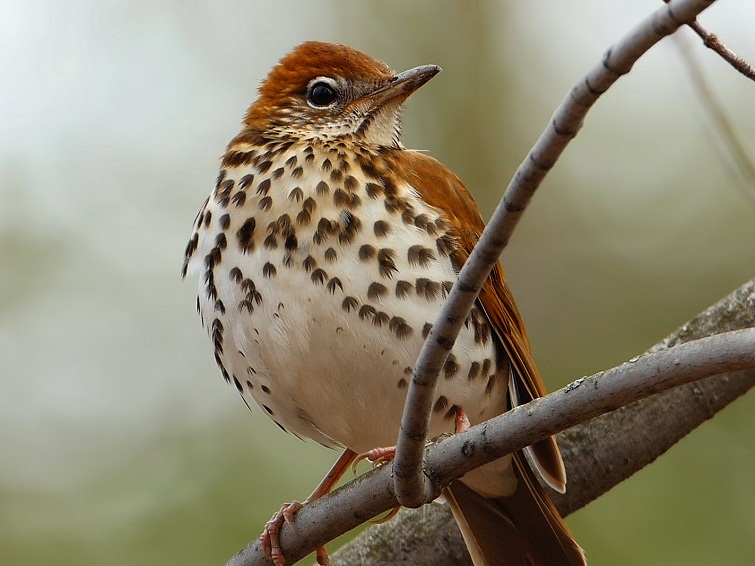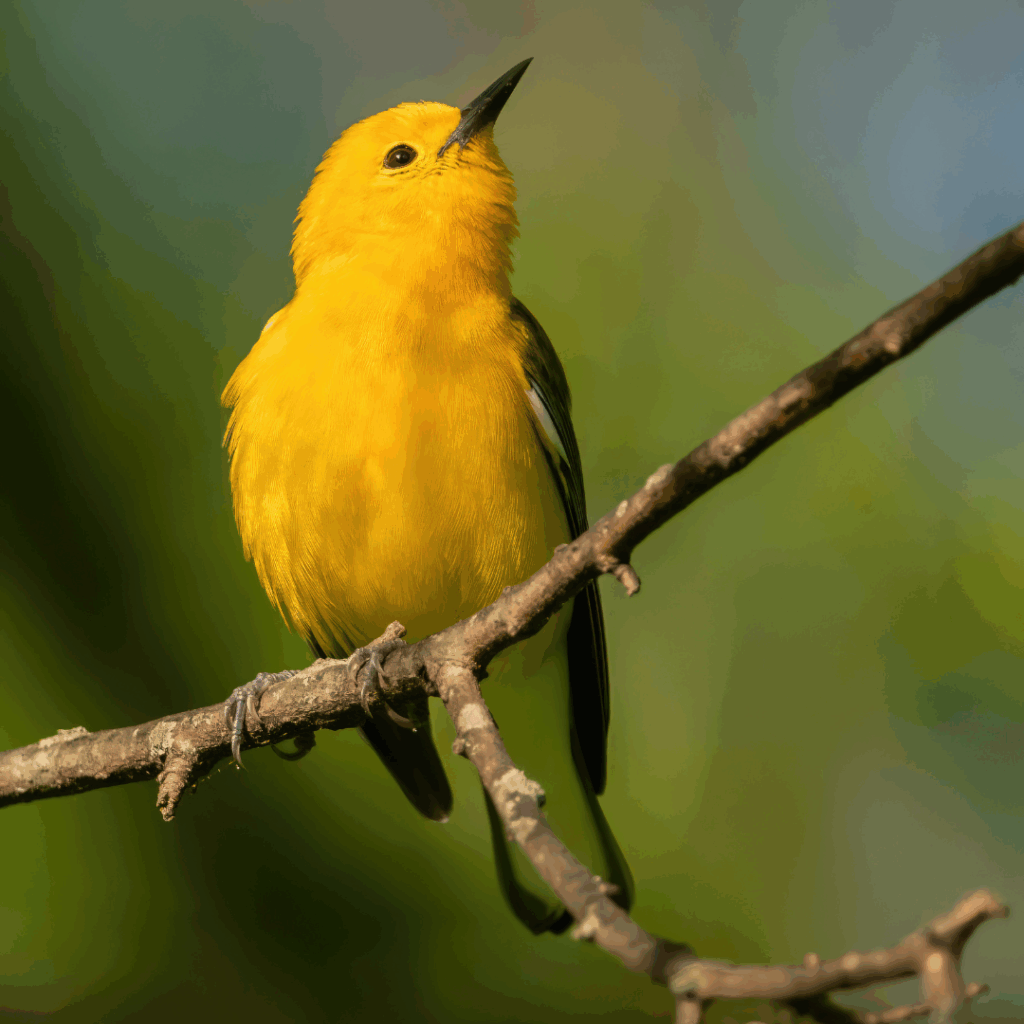Lights Out Louisiana now through June 15th
An estimated 1 billion migratory birds die each year in North America because of collisions with homes, commercial buildings, and other structures contributing to a 29% drop in the overall bird population over the last 50 years. Many species are in decline in part because of these collisions including the wood thrush, which used to be a prevalent species in Louisiana, but is now a species of “conservation concern.”
“In addition to habitat loss, much of the decline of the Wood Thrush population is likely due to collisions with building collisions” said Dr. Van Remsen, LSU Professor Emeritus of Natural Sciences. “In fact, there are more than 100 species of migratory birds that are seeing significant decreases in population likely due in part to collisions.”

The carnage has to stop! That’s why the Louisiana Wildlife Federation (LWF) is calling on residents and businesses throughout the state to join others in turning off bright or excess indoor and outdoor lighting from 11 p.m. until 6 a.m. between now and June 15 to help protect the millions of migratory birds that fly through Louisiana at night during this period.
Louisiana sits within the Mississippi Flyway migratory path. With the state’s vast wetlands, forests, and coastline serving as critical stops along the way, our state is crucial to helping birds arrive at their summer nesting grounds. Twice a year, 325 bird species travel the Mississippi Flyway. During the 2024 fall migration, an estimated 500 million birds migrated through the state of Louisiana. The majority of those birds migrate at night and typically start their nightly migration about 30 to 45 minutes post-sunset, with peak flights between 11 p.m. and 6 a.m.

While the dark skies allow migratory birds to avoid predators, take advantage of calmer air and utilize the moon and stars for navigation, it also brings with it dangers such as bright artificial lights and the skyglow from larger cities, which can confuse the birds, often causing them to fatally collide with buildings or windows.
“Our city lights can misguide birds, diverting them off course with often dire consequences. This initiative is an easy yet impactful step in helping these birds continue their incredible journey,” said Rebecca Triche, LWF Executive Director. “Louisiana is well-known for the populations of migratory birds at different times of the year and people care about keeping wildlife sustainable. By supporting the Lights Out initiative, businesses and individuals can take a practical step to protect the birds that briefly call Louisiana home.”
Because low clouds and adverse weather conditions can detrimentally affect migratory birds’ flight paths, WAFB’s First Alert Weather Team has joined LWF in helping to alert the public when these types of weather conditions are expected, especially during peak migration times. This educational partnership is the first of its kind, and will bring awareness and, hopefully, action to help prevent migrating birds from colliding with homes and businesses in the Capital region.
“At WAFB and within our First Alert Weather Team, we are proud to support the Lights Out Louisiana initiative. As meteorologists, we closely track the conditions that impact our skies—not just for people, but for wildlife, too,” said WAFB Chief Meteorologist Steve Caparotta. “With millions of birds flying over Louisiana during spring migration, small actions like turning off unnecessary lights at night can make a big difference. We’re committed to helping our community protect these vital and vulnerable species as they pass through our state.”
Individuals and organizations wanting to join others in the Lights Out Initiative should follow these guidelines:
- Turn off non-essential lights nightly from 11:00 p.m. to 6:00 a.m. during the migration period.
- Avoid using landscape lighting on trees or gardens where birds may be resting.
- For essential security and safety lighting, use these dark skies-friendly lighting adjustments:
o Aim lights downwards.
o Use light shields to direct light downwards and prevent an upward glare.
o Use motion detectors and sensors so lights turn on when needed.
o Close blinds at night to limit the amount of light seen through windows.
- For building owners/managers:
o Adjust custodial schedules to be completed by 11:00 p.m.
o Ensure lights are turned off after custodial cleaning.
Additional Guidelines for Buildings Over 3 Stories:
- Dim or turn off:
o Exterior/decorative lighting.
o Lobby/atrium lights.
o Perimeter room lights on all levels.
o Floodlights.
o Lighting on interior plants/fountains.
o Lights on vacant floors.
o Lights with blue-rich white light emissions (over 3000 K in color temperature.)
- Instead use:
o Desk lamps or task lights instead of overhead lights.
o “warm-white” or filtered LEDs outdoors (less than 3000 K in color temperature)
Individuals can monitor bird migration in their area by using BirdCast, a migration dashboard provided by The Cornell Lab of Ornithology. Dashboards for Louisiana and selected cities are:
Louisiana – https://dashboard.birdcast.info/region/US-LA
Alexandria – https://dashboard.birdcast.info/region/US-LA-079
Baton Rouge – https://dashboard.birdcast.info/region/US-LA-033
Houma – https://dashboard.birdcast.info/region/US-LA-109
Lake Charles – https://dashboard.birdcast.info/region/US-LA-019
Lafayette – https://dashboard.birdcast.info/region/US-LA-055
Monroe – https://dashboard.birdcast.info/region/US-LA-073
New Orleans – https://dashboard.birdcast.info/region/US-LA-071
Shreveport – https://dashboard.birdcast.info/region/US-LA-017
Visit Louisiana Wildlife Federation, National Audubon Society, and American Bird Conservancy to learn more about protecting migrating birds in your area.




